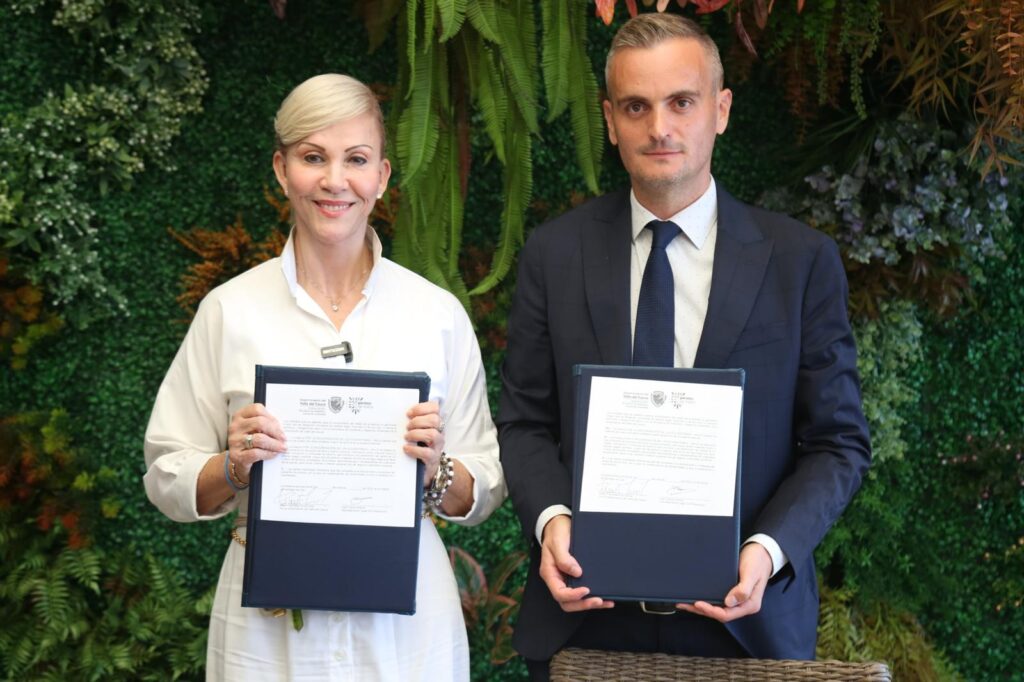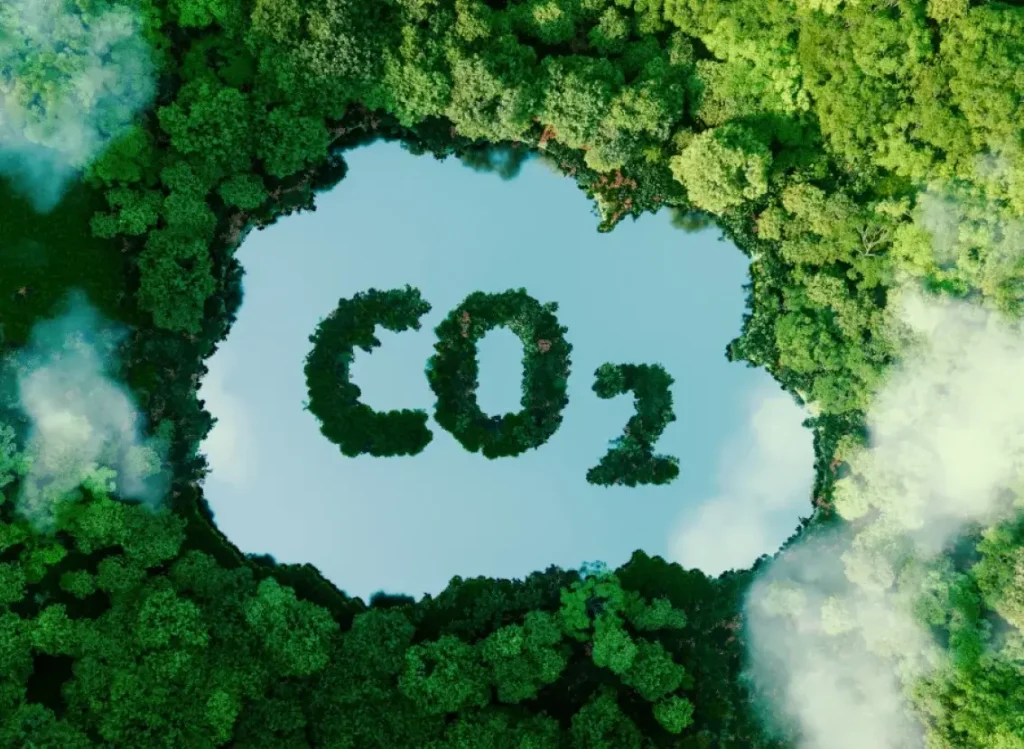The Global Ocean Treaty
Since its implementation in 2023, the Global Ocean Treaty has become a guide for the transformation of our waters. This historic agreement, signed by nations around the world, outlines a roadmap to protect and preserve our oceans. Its approach seeks to address issues such as marine pollution, overfishing and the preservation of marine ecosystems, balancing their long-term conservation with human needs.
Importance of seagrasses in the Treaty
This treaty allows us to know the role that ocean grasslands have in pursuing the aforementioned objectives. These underwater expanses not only house rich biodiversity, but are a key element in conserving ocean health and contributing to the fight against climate change:
- Ocean grasslands, as part of the Global Ocean Treaty, play a vital role in the reproduction and survival of various marine species. The biodiversity that coexists in this underwater ecosystem is key to the healthy functioning of the planet.
- The oceans and the biodiversity they house provide half of the oxygen we breathe and annually absorb 26% of anthropogenic carbon dioxide emissions emitted into the atmosphere. Ocean meadows, for their part, absorb large amounts of CO2, contributing significantly to mitigating climate change.
- Seagrass meadows, including Posidonia, act as natural barriers that protect coasts from erosion. Its presence contributes to the stability of coastal ecosystems and the preservation of sensitive habitats.
Upcoming challenges and commitments
The creation of marine protected areas and a model for studying their environmental impact also poses some challenges. The success of the Global Ocean Treaty will largely depend on effective implementation and constant monitoring. Nations must commit to meeting established objectives and take concrete measures to safeguard the oceans and their seagrass beds. This protection requires providing countries with the necessary instruments to guarantee the success of the agreement, as well as a global education and awareness effort. Raising awareness in society about the importance of these underwater ecosystems is essential to generate positive change.
This treaty is a great opportunity to preserve the richness of our oceans by ensuring that marine biodiversity and sustainability endure in a society responsible for the environment in which it lives. If you want to contribute to regenerating ocean meadows in the Mediterranean Sea, do not hesitate to write to us at info@co2revolution.es


